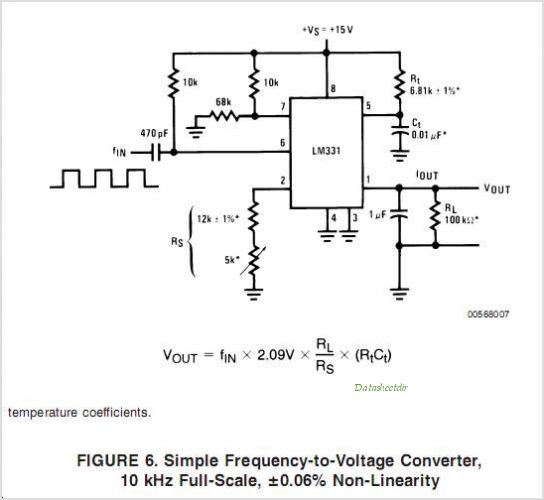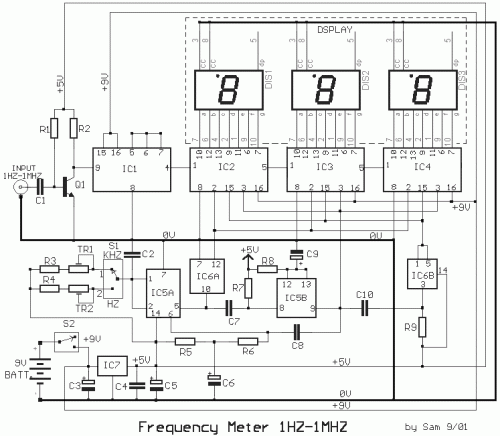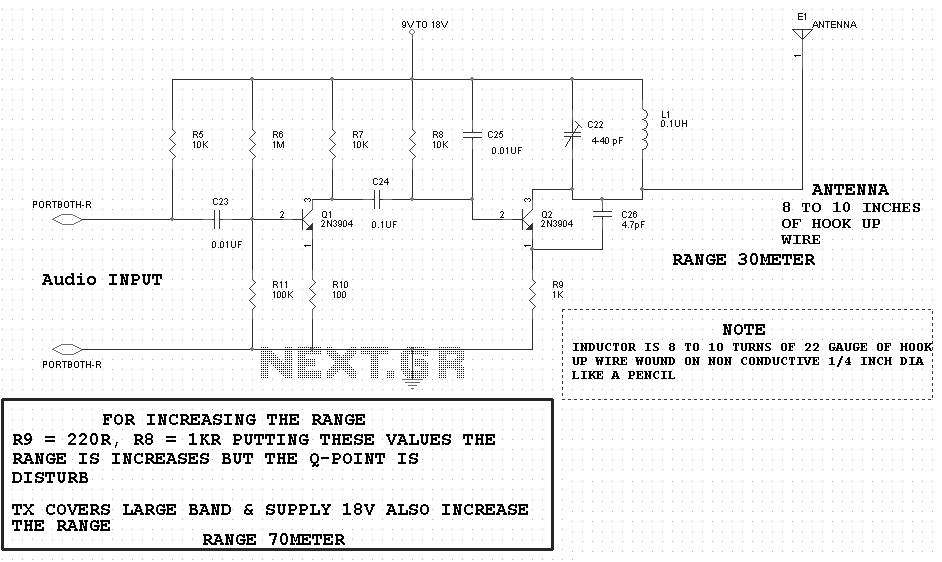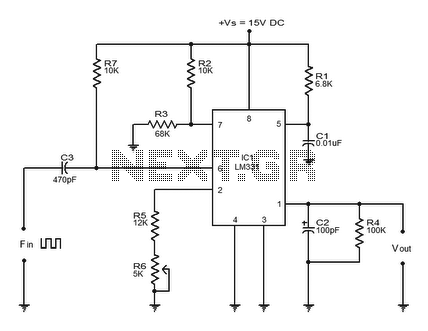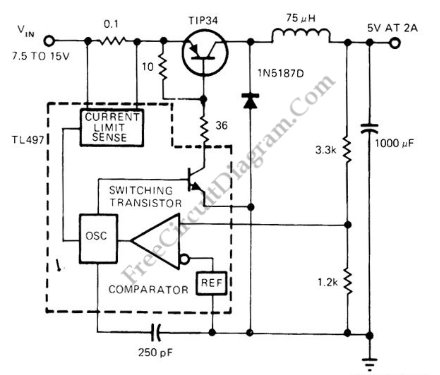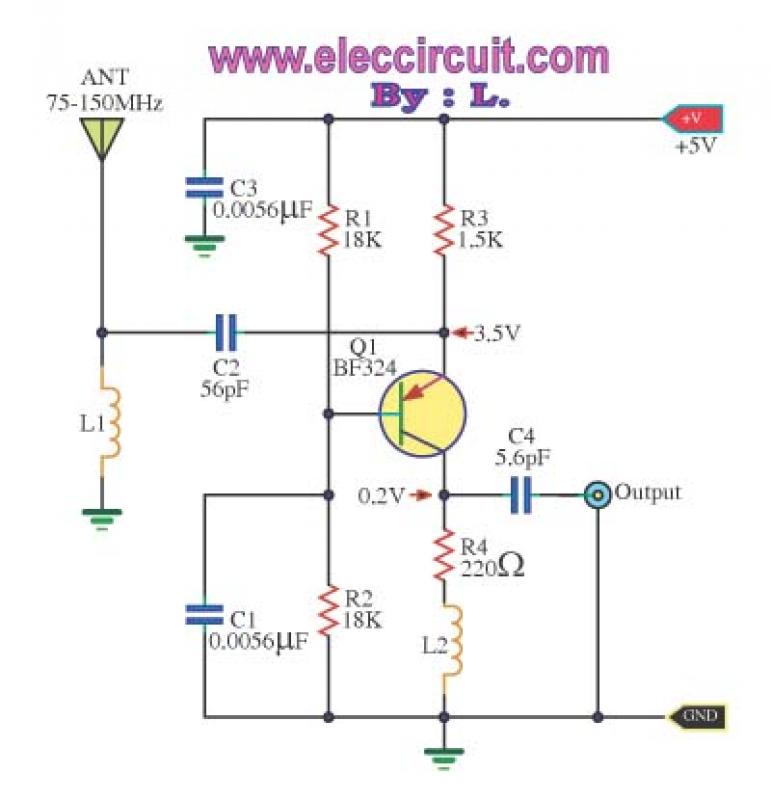
Methods of frequency modulation
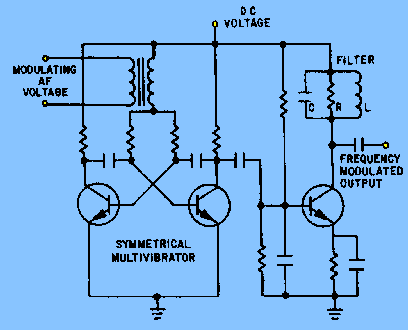
The circuit depicted in figure 2-6 and discussed in previous sections serves illustrative purposes only and is not practical in real-world applications. Nevertheless, the fundamental principle involved—the variation in reactance of an oscillator circuit in response to modulating voltage—represents one method of frequency modulation. In direct modulation, an oscillator is frequency modulated by a reactance tube that is connected in parallel with the oscillator's tank circuit. The terms "shunt" or "shunting" will be used interchangeably with "parallel" in this context. This configuration is illustrated in figure 2-11. The oscillator is designed as a conventional Hartley circuit, with the reactance tube circuit in parallel with the oscillator tube's tank circuit. The reactance tube functions as a standard pentode, which can operate in either a capacitive or inductive manner; specifically, its grid is driven by a voltage that either leads or lags the oscillator voltage by 90 degrees. When the reactance tube is connected across the tank circuit without any modulating voltage, it impacts the oscillator's frequency. The voltage across the tank circuit (L1 and C1) is also in parallel with the series network consisting of R1 and C7. This voltage induces a current through R1 and C7. If R1 is at least five times greater than the capacitive reactance of C7, this branch of the circuit behaves predominantly resistively. The voltage E1, present across C7, lags the current by 90 degrees and is applied to the control grid of the reactance tube V1. This results in a variation in plate current (Ip), which primarily flows through the LC tank circuit, as R1's value is significantly higher than the impedance of the tank circuit.
The described circuit utilizes a Hartley oscillator, a common configuration for generating high-frequency signals. The oscillator comprises an inductor (L1) and a capacitor (C1) forming the tank circuit, which determines the fundamental frequency of oscillation. The inclusion of the reactance tube, functioning as a variable reactance element, allows for dynamic frequency modulation. The reactance tube's configuration enables it to either increase or decrease the effective reactance of the tank circuit, thus modulating the frequency of the oscillator based on the control voltage applied to its grid.
The operational principle hinges on the phase relationship between the applied voltage and the resulting current. When the modulating voltage is applied to the grid of the reactance tube, it alters the tube's behavior, causing it to present either capacitive or inductive reactance. This change in reactance directly affects the oscillation frequency, enabling frequency modulation. The design ensures that the reactance tube's influence is significant enough to modify the oscillator's frequency without introducing excessive distortion or instability.
The choice of components, particularly the values of R1 and C7, is crucial for ensuring that the circuit operates within its intended parameters. By maintaining R1 at a value much greater than the capacitive reactance of C7, the circuit achieves a high degree of linearity in its response to the modulating voltage. This careful balancing of component values allows the oscillator to maintain stable operation while effectively responding to frequency modulation signals.
Overall, this configuration exemplifies a practical application of reactance modulation in oscillator circuits, highlighting the interplay between circuit components and their collective impact on frequency stability and modulation effectiveness.The circuit shown earlier in figure 2-6 and the discussion in previous paragraphs were for illustrative purposes only. In reality, such a circuit would not be practical. However, the basic principle involved (the change in reactance of an oscillator circuit in accordance with the modulating voltage) constitutes one of the methods of developing a f
In direct modulation, an oscillator is frequency modulated by a REACTANCE TUBE that is in parallel (SHUNT) with the oscillator tank circuit. (The terms "shunt" or "shunting" will be used in this module to mean the same as "parallel" or "to place in parallel with" components.
) This is illustrated in figure 2-11. The oscillator is a conventional Hartley circuit with the reactance-tube circuit in parallel with the tank circuit of the oscillator tube. The reactance tube is an ordinary pentode. It is made to act either capacitively or inductively; that is, its grid is excited with a voltage which either leads or lags the oscillator voltage by 90 degrees.
When the reactance tube is connected across the tank circuit with no modulating voltage applied, it will affect the frequency of the oscillator. The voltage across the oscillator tank circuit (L1 and C1) is also in parallel with the series network of R1 and C7.
This voltage causes a current flow through R1 and C7. If R1 is at least five times larger than the capacitive reactance of C7, this branch of the circuit will be essentially resistive. Voltage E1, which is across C7, will lag current by 90 degrees. E1 is applied to the control grid of reactance tube V1. This changes plate current (Ip), which essentially flows only through the LC tank circuit. This is because the value of R1 is high compared to the impedance of the tank circuit. 🔗 External reference
The described circuit utilizes a Hartley oscillator, a common configuration for generating high-frequency signals. The oscillator comprises an inductor (L1) and a capacitor (C1) forming the tank circuit, which determines the fundamental frequency of oscillation. The inclusion of the reactance tube, functioning as a variable reactance element, allows for dynamic frequency modulation. The reactance tube's configuration enables it to either increase or decrease the effective reactance of the tank circuit, thus modulating the frequency of the oscillator based on the control voltage applied to its grid.
The operational principle hinges on the phase relationship between the applied voltage and the resulting current. When the modulating voltage is applied to the grid of the reactance tube, it alters the tube's behavior, causing it to present either capacitive or inductive reactance. This change in reactance directly affects the oscillation frequency, enabling frequency modulation. The design ensures that the reactance tube's influence is significant enough to modify the oscillator's frequency without introducing excessive distortion or instability.
The choice of components, particularly the values of R1 and C7, is crucial for ensuring that the circuit operates within its intended parameters. By maintaining R1 at a value much greater than the capacitive reactance of C7, the circuit achieves a high degree of linearity in its response to the modulating voltage. This careful balancing of component values allows the oscillator to maintain stable operation while effectively responding to frequency modulation signals.
Overall, this configuration exemplifies a practical application of reactance modulation in oscillator circuits, highlighting the interplay between circuit components and their collective impact on frequency stability and modulation effectiveness.The circuit shown earlier in figure 2-6 and the discussion in previous paragraphs were for illustrative purposes only. In reality, such a circuit would not be practical. However, the basic principle involved (the change in reactance of an oscillator circuit in accordance with the modulating voltage) constitutes one of the methods of developing a f
In direct modulation, an oscillator is frequency modulated by a REACTANCE TUBE that is in parallel (SHUNT) with the oscillator tank circuit. (The terms "shunt" or "shunting" will be used in this module to mean the same as "parallel" or "to place in parallel with" components.
) This is illustrated in figure 2-11. The oscillator is a conventional Hartley circuit with the reactance-tube circuit in parallel with the tank circuit of the oscillator tube. The reactance tube is an ordinary pentode. It is made to act either capacitively or inductively; that is, its grid is excited with a voltage which either leads or lags the oscillator voltage by 90 degrees.
When the reactance tube is connected across the tank circuit with no modulating voltage applied, it will affect the frequency of the oscillator. The voltage across the oscillator tank circuit (L1 and C1) is also in parallel with the series network of R1 and C7.
This voltage causes a current flow through R1 and C7. If R1 is at least five times larger than the capacitive reactance of C7, this branch of the circuit will be essentially resistive. Voltage E1, which is across C7, will lag current by 90 degrees. E1 is applied to the control grid of reactance tube V1. This changes plate current (Ip), which essentially flows only through the LC tank circuit. This is because the value of R1 is high compared to the impedance of the tank circuit. 🔗 External reference
